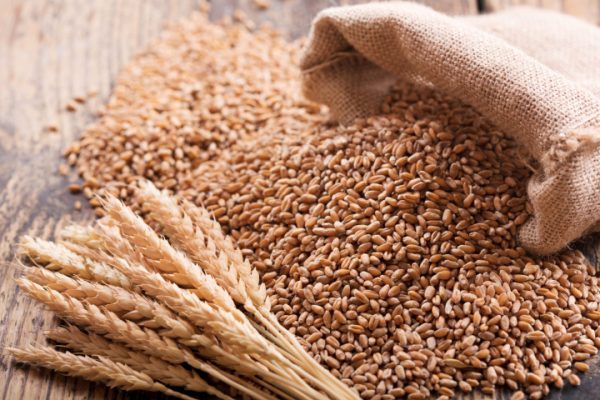The International Crops Research Institute for the Semi-Arid Tropics (ICRISAT) has introduced a speed breeding protocol for finger millet, a globally first-of-its-kind innovation poised to shorten the crop’s growing cycle, paving the way for faster and more efficient breeding efforts.
Dubbed “Rapid-Ragi”, the new method enables up to four to five generations per year—a stark contrast to the current one or two generations possible under traditional field conditions. This innovation is poised to revolutionize finger millet research and cultivation, especially in Asia and Africa, where the grain is a dietary staple and gaining importance in school feeding and nutritional programs.
“This is the third open-access speed breeding protocol developed by ICRISAT, following chickpea and pigeonpea. It’s a significant milestone for the global scientific community—helping save time, reduce costs, and improve efficiency in breeding high-yielding, climate-resilient, and nutritious crops,” said Dr Himanshu Pathak, Director General, ICRISAT.
Finger millet, the third most important millet after sorghum and pearl millet, has seen renewed interest since India declared 2018 as the National Year of Millets and the United Nations followed with the International Year of Millets in 2023.
“Breeding new millet varieties, including finger millet, has been a time-consuming and resource-intensive process—often overlooked due to the global emphasis on the “big three” cereals. These speed breeding protocols are especially valuable for advancing crop improvement in resource-constrained, Neglected and Underutilized Crops (NUCs),” said Dr Stanford Blade, Deputy Director General–Research and Innovation, ICRISAT.
The newly developed Rapid-Ragi protocol shortens the growth cycle of finger millet from 100–135 days to just 68–85 days, with the potential for an additional one-week reduction when harvested at physiological maturity. This includes faster germination, quicker vegetative growth, shortened flowering and rapid maturation—achieved through optimized lighting, temperature and humidity control, and agronomic interventions like planting density, efficient irrigation and nutrient management.
“ICRISAT has been refining this protocol for 4 years. We focused not just on speeding up growth but also ensuring that the process remains resource efficient and practical for researchers across different environments,” explained Dr Sean Mayes, Global Research Program Director, Accelerated Crop Improvement, ICRISAT.
Unlike chickpea and pigeonpea—which required manipulating light conditions across various stages—finger millet does not depend on specific light wavelengths, making the protocol simpler and more cost-effective. The team achieved success with natural light supplemented by short bursts of artificial light, especially on cloudy days.
“This marks the first-ever speed breeding protocol developed for small millets,” said Dr Sobhan Sajja, Senior Scientist, Crop Improvement Operations at ICRISAT and lead author of the study. “We’re now building on this work to develop speed breeding protocols for other small millets like foxtail, proso, barnyard, little, and kodo millet using the finger millet protocol as a starting point – results are promising across a range of small millets.”
The Rapid-Ragi protocol is now available open access, continuing ICRISAT’s tradition of empowering global researchers and breeders to build more resilient and nutritious food systems.








